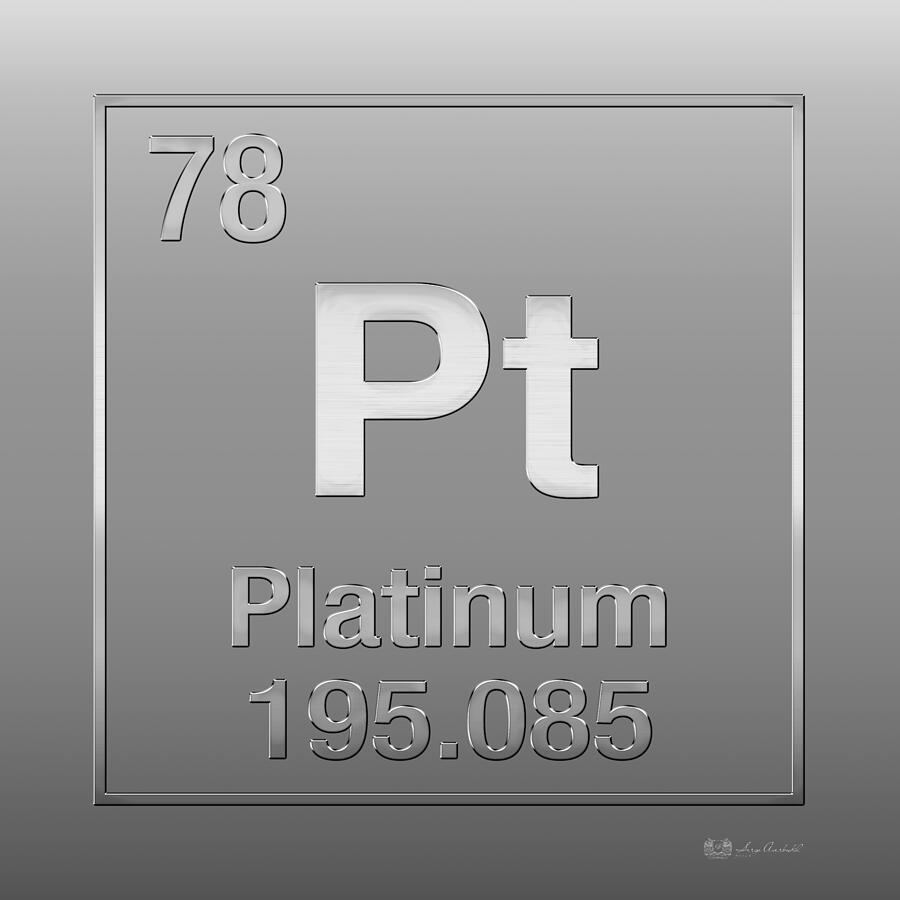
It may slowly develop a slight brownish coloration over time, likely due to the formation of a surface layer of its monoxide. Palladium heated to 800 ☌ will produce a layer of palladium(II) oxide (PdO). Palladium does not react with oxygen at standard temperature (and thus does not tarnish in air). It dissolves readily at room temperature in aqua regia. Palladium dissolves slowly in concentrated nitric acid, in hot, concentrated sulfuric acid, and when finely ground, in hydrochloric acid.


It is soft and ductile when annealed and is greatly increased in strength and hardness when cold-worked. It is the least dense and has the lowest melting point of the platinum group metals. Palladium has the appearance of a soft silver-white metal that resembles platinum. This 5s 0 configuration, unique in period 5, makes palladium the heaviest element having only one incomplete electron shell, with all shells above it empty. Electrons that by the Madelung rule would be expected to occupy the 5 s instead fill the 4 d orbitals, as it is more energetically favorable to have a completely filled 4d 10 shell instead of the 5s 2 4d 8 configuration. Palladium belongs to group 10 in the periodic table, but the configuration in the outermost electrons is in accordance with Hund's rule. The numerous applications and limited supply sources result in considerable investment interest. Recycling is also a source, mostly from scrapped catalytic converters. The most extensive deposits have been found in the norite belt of the Bushveld Igneous Complex covering the Transvaal Basin in South Africa, the Stillwater Complex in Montana, United States the Sudbury Basin and Thunder Bay District of Ontario, Canada, and the Norilsk Complex in Russia. Ore deposits of palladium and other PGMs are rare. Palladium is a key component of fuel cells, in which hydrogen and oxygen react to produce electricity, heat, and water. Palladium is also used in electronics, dentistry, medicine, hydrogen purification, chemical applications, groundwater treatment, and jewelry. More than half the supply of palladium and its congener platinum is used in catalytic converters, which convert as much as 90% of the harmful gases in automobile exhaust ( hydrocarbons, carbon monoxide, and nitrogen dioxide) into harmless substances ( nitrogen, carbon dioxide and water vapor).

They have similar chemical properties, but palladium has the lowest melting point and is the least dense of them. Palladium, platinum, rhodium, ruthenium, iridium and osmium form a group of elements referred to as the platinum group metals (PGMs). He named it after the asteroid Pallas, which was itself named after the epithet of the Greek goddess Athena, acquired by her when she slew Pallas. It is a rare and lustrous silvery-white metal discovered in 1803 by the English chemist William Hyde Wollaston. Palladium is a chemical element with the symbol Pd and atomic number 46.


 0 kommentar(er)
0 kommentar(er)
